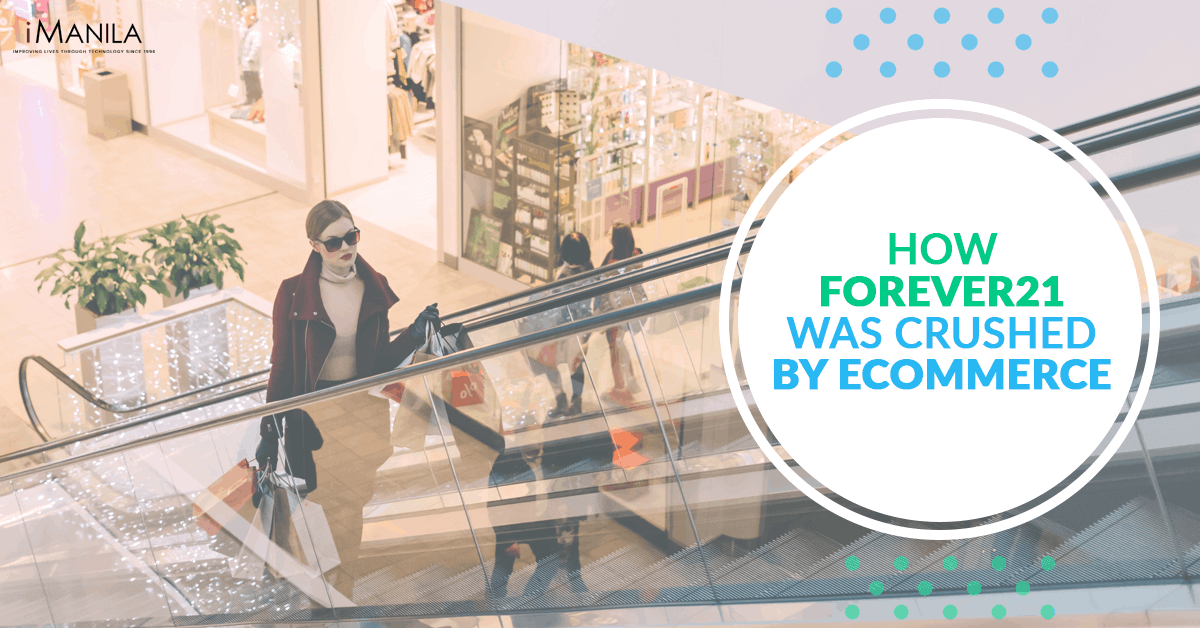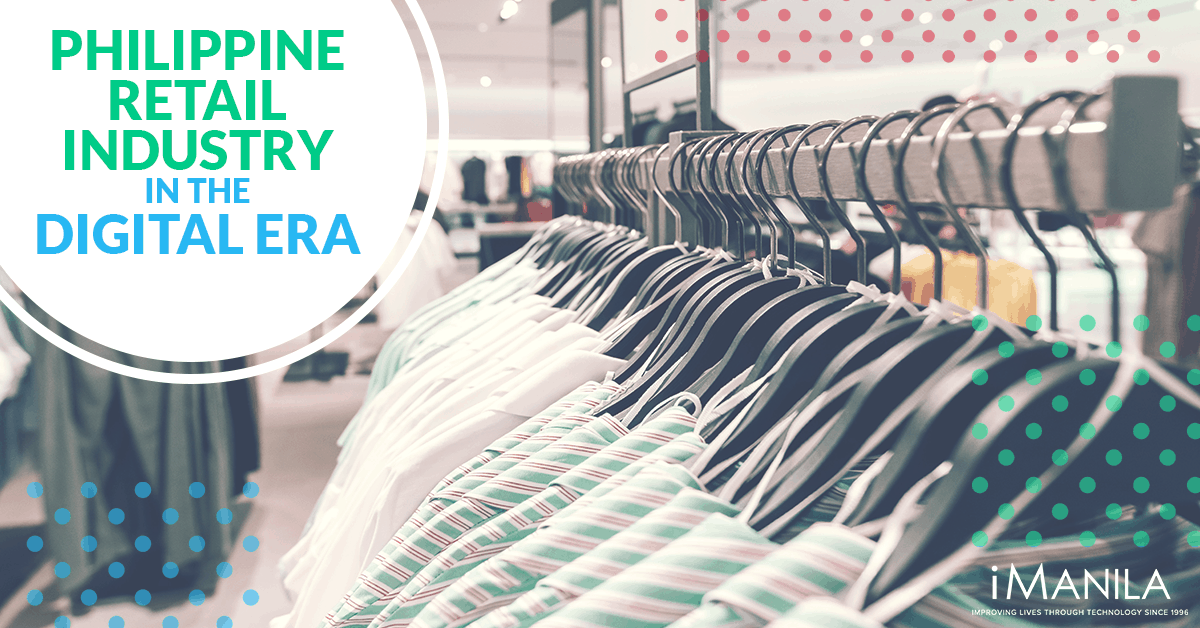What you need to know about E-Commerce Marketing
The digital world is now officially a huge part of our daily lives with the new normal that we are promptly facing. The pandemic has made everyone realize that we all have to adapt to living online. We are now living at a time wherein e-commerce is beneficial to every business and consumer.
A lot of changes have happened in the past few months, a lot of lives have changed, some businesses have closed, while different people and communities have been struggling financially. This crisis has tested us but one good thing that has come out from it is how we have adapted to living our lives online.
Let’s begin by first defining what is e-commerce marketing. E-commerce marketing is about driving brand awareness and call-to-action for consumers to buy your products and avail of your services. You have to successfully cater to your buyer’s preferences and work your way around it effectively to reach your target market and to effectively make sales conversions through online platforms whether it be through your website or through social media.
Here are some ways to make the most out of e-commerce marketing:
- Build a strong bond and loyalty.
One of the most essential tasks that you should focus on is the strong bond and loyalty towards the consumers. The benefits of customer relationship strategies should be well taken care of and be established. Nowadays, consumers develop a relational approach that relates to customer loyalty.
There is a lot to take into account for an effective service type to build on customer bond and loyalty. For your brand to succeed it must have a sustainable competitive advantage that increases customer retention and attraction to your brand. For as loyalty increases, the volume of purchases and customer referrals also increase.
Once you’ve developed a strong bond with your consumers, a lot of marketing benefits will follow such as, the good ole’ word-of-mouth marketing, good reviews, testimonials, and even case studies. Once successfully done, your e-commerce store will be filled with people that are engaged to your products and services, thereby increasing the level of brand awareness and driving more sales.
- Customize and personalize your e-commerce site.
Consumers are more likely to buy from brands that they can remember. The best brands are usually remembered through different promotions and unique offerings. Every consumer is always satisfied when they have a personalized experience thus it makes them feel special, helping improve their shipping experience.
In a traditional retail store, we would always visit stores that make us feel known and special through its store employees. Brick and mortar stores are designed to attract customers while products are laid out to grab attention. The same goes for e-commerce stores, where buyers should be made to feel welcome and should have a positive user experience from the homepage to the inner pages.
Customized and personalized e-commerce sites make the users’ experience and purchases faster and easier. It is all about treating every person who visits your site as an exclusive customer. Tailor fit your site to reflect the unique needs of every buyer in a way that they will feel like they are part of the brand’s journey.
- Establish and capitalize on user-generated content (UGC).
To make it big online, you have to cut out and push through ahead of your competitors. Brands should always keep on trying something new and staying in trend to remain and be known as number one. One way to stay influential is through user-generated content. User-generated content allows marketers to let their consumers do the talking for them. It is about allowing people to advertise your product for you based on their own experiences and feedback.
- Provide an Add-to-Cart option.
An e-commerce site is not without a shopping cart. It’s almost similar to the traditional shopping cart, but this time around, everything just works with a click Having a well visible shopping cart allows buyers to control what they want to buy and allowing them an easier access to proceed to check-out to purchase the items on their cart.
Most importantly, a visible add-to-cart option on your website lets users know that they can get what they need with no fuss. It is also important that upon checking-out, users are aware of your company’s return policy, delivery procedures and options and that when needed, a customer support representative is available to answer any concerns.
- Create a responsive and effective web design.
Having a responsive and modern web design is an important aspect of an e-commerce website. The design should respond to the user’s behavior and environment based on the adjustment to the screen size, platform, and orientation.
Follow the rule that “less is more” but also don’t be afraid to use a different mix of artworks, designs, and images. All of your e-commerce strategies will only work well when your website has a responsive design, is easily viewable, and can be accessed with the use of any gadgets. Finally, always make it a point to organize your content, keep the words simple and make sure that your website can be easily navigated regardless of age or gender.
Not sure where to begin with your e-commerce marketing? Having the right agency partner can help you establish your business goals and thrive in the “new normal”. iManila can develop the best, user-friendly, modern and easy-to-use e-commerce website for your business. Let’s talk or check out our website at www.imanila.ph to learn more.



